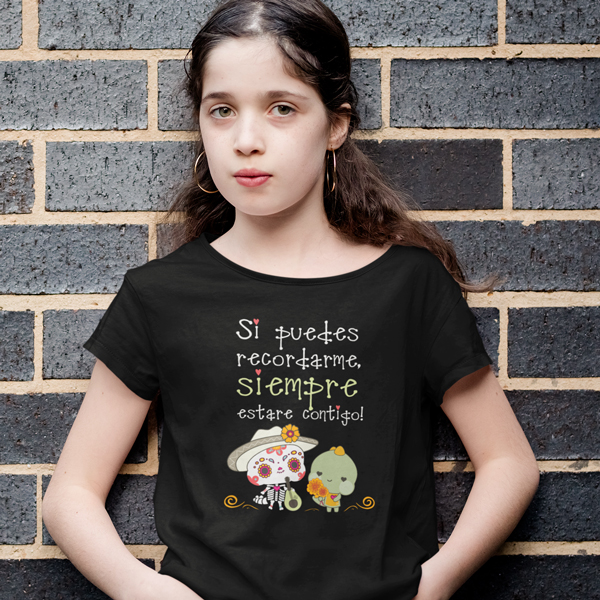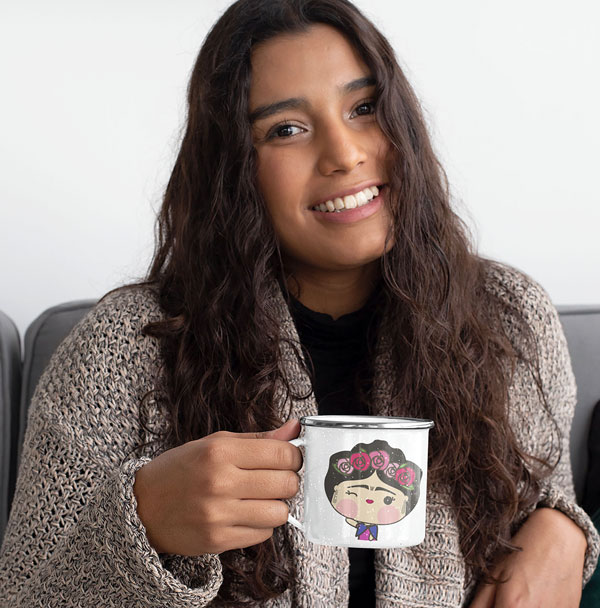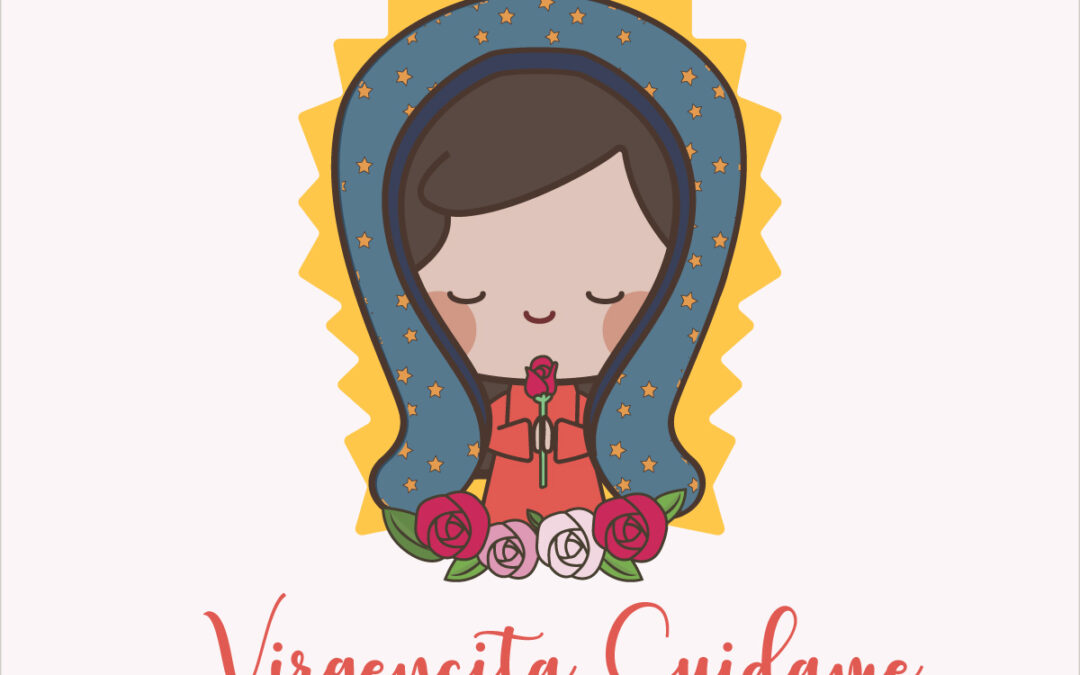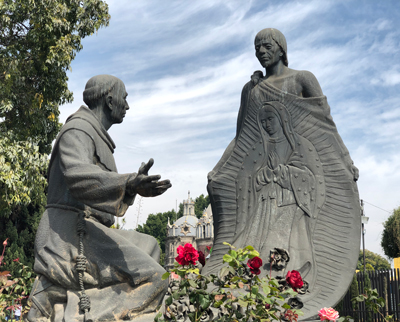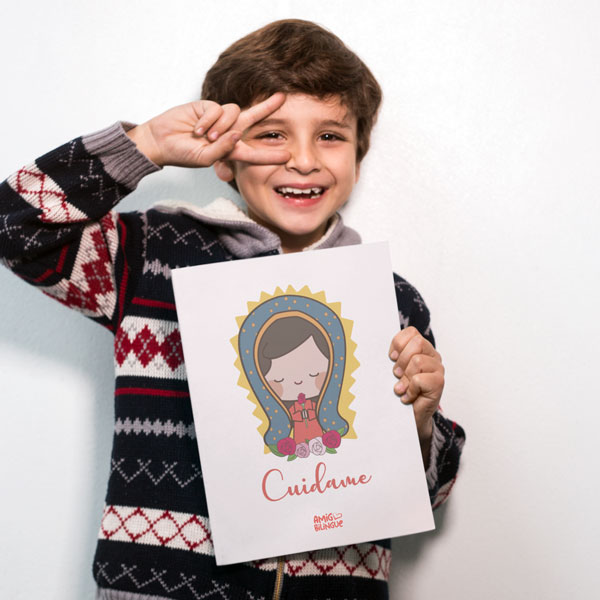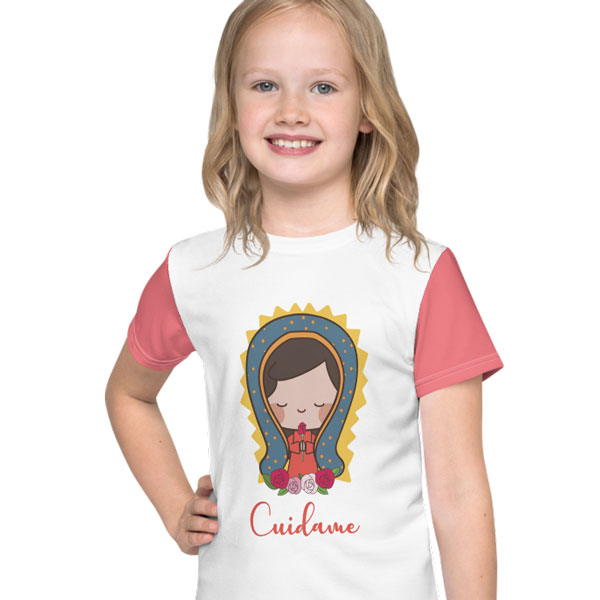
The day of the dead
But before launching into the celebration, wearing catrina dresses and makeup, it is important that we understand what exactly this tradition and its beauty is about.
A few years ago, my concept of death was dark, sad, and scary. Seeing a skull image was negative and loved ones who had already died were remembered with great sadness. When I learned about this tradition a few years ago (in my country Colombia is not celebrated and was not popular at the time), I was not sure that I would like to create altars or decorating my house with skulls to teach my kids the tradition, since my husband is from Mexico. I had to first understand fully what the tradition meant and see the reasons for the celebration, to later realize its beauty and how important it can be to see life from another angle.
Despite being known as a celebration of the Dead, it really is a celebration of life. It is a time of joy, where families honor and lovingly remember people who have already passed away. Teach children that the cycle of life does not end in death, because if you remember your loved ones, they will always be with us.
The celebration of the Day of the Dead has a long history in the Mexican Tradition and has been named Intangible Cultural Heritage of Humanity by Unesco. It is celebrated every November 1, a period that also marks the culmination of the annual growing cycle of corn in Mexico, the predominant food crop in the country. Although marked throughout Latin America, the Day of the Dead is most strongly associated with Mexico, where the tradition began. The fusion of pre-Hispanic religious rites and Catholic holidays (the Day of the Dead is celebrated on All Saints’ Day and the Day of the Dead, minor holidays in the Catholic calendar) brings together two universes, one marked by indigenous belief systems, the other by traditions introduced by Europeans in the 16th century. The celebration as we know it (or as we normally see it in books or in the movie “coco”) is traditional in Mexico. However, other countries like Guatemala, Ecuador, Bolivia, and Peru also have their own traditions.

Mexican Celebration
Mexicans have a tradition to celebrate the lives of those who have died, bringing them food, drinks and music that people enjoyed in life. Many of the celebrations take place directly in cemeteries, (pantheons), when the family goes and visits the grave of their loved ones and brings them what they liked the most. The pantheon goes from being a gloomy place to becoming a space for party and celebration.
It is also a tradition to place altars in houses. Altars, or also known as offerings, is a place to display portraits, place favorite foods, and special possessions of loved ones. The altars are also decorated with candles and marigolds; candlelight and the scent of flowers (called cempasuchitl) are said to attract the souls of the deceased for a short time to partake of the pleasures they once enjoyed in life.
The most familiar symbol of the Day of the Dead are calacas y calaveras (skeletons and skulls), which appear everywhere during the holiday: in candied sweets, parade masks, dolls, etc. Calacas and skulls are always portrayed as enjoying life, often wearing fancy clothes, flower headbands, and even funny poses.
The bread of the dead is an important element of the offering and is much loved and enjoyed during this holiday.
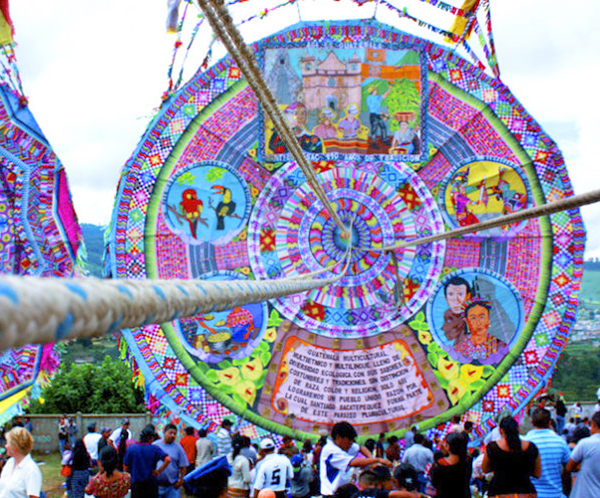
Imagen: Guatemala.com

Imagen: Universal.com
Celebrations in other Latino countries.
Little is known to the world about the traditions of the Day of the Dead in other Latin American countries.
Guatemala, for example, also has a tradition of visiting cemeteries accompanied by food and drinks enjoyed by the dead. In Santiago and Sumpángo Sacatepéquez the flight of giant kites is one of the most admired shows of this day. The fundamental objective of this ritual is religious and cultural, since the inhabitants consider it a communication link with the loved ones who are deceased, during the celebration the souls of the deceased visit the earth and the kites act as messengers, and that at each rope pull a message of peace and well-being is sent, until the spirit of the deceased is raised together with the kite. This tradition was declared a cultural heritage of Guatemala on October 30, 1998.
In Ecuador they usually make bread rolls in the shape of humans, which they call guaguas. These muffins are a symbolism that represents those who have already passed away. The bread is usually accompanied with a drink of purple corn and fruits, known as colada morada.
Bolivia shares a tradition very similar to that of Ecuador. They have the tradition of making loaves in the shape of little people, which they call tantawawas. As in Mexico, they also usually place altars or tables which they also call apxatas and which they decorate with flowers, candles, and food.
What other traditions do you know about this day? How do you usually celebrate it in your family?
Remember that talking about cultural traditions with your children is a great way to introduce them to other cultures and learn to respect them. Talking about the traditions of your own country is a great way to teach them to embrace their roots and feel part of them.
Here I share this very nice video about the Day of the Dead in Mexico. Ideal for teaching tradition to the little ones.
The film won the gold medal at the 2013 Student Academy Award for Best Animated Short Film.
